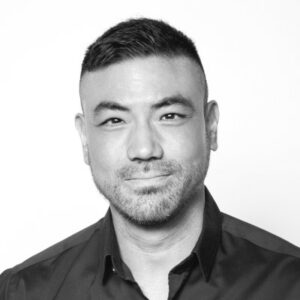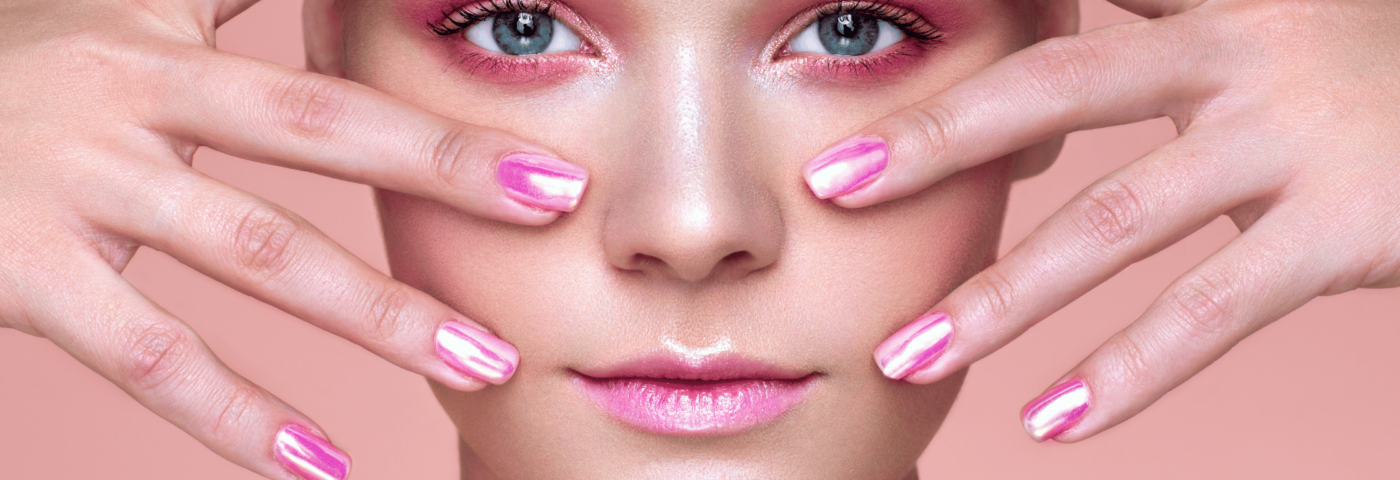Author: Philip Hwang, Head of Strategy, APAC, SGK inc.
Enter the brave new world of beauty, where Masstige Beauty is revolutionising the way consumers engage with and select brands.
Masstige brands like ZHUBEN are capturing the spotlight, selling 50,000 bottles of makeup remover in a one-minute live stream, while The Ordinary has amassed a staggering 220 million Instagram followers. Channel preferences are changing too, with 40-45% of Gen Zers favouring Direct-to-Consumer over legacy brands, drawn to their authentic, value-driven approach.
But it’s much more than the rising cost of living driving this shift. Prestige has been completely reimagined, with true quality not being defined by price, but by values, uniqueness and personalisation. The lines between beauty, health and wellness have blurred and there’s a growing pride in local culture. While brands used to reach consumers by talking to them through mass media, today consumers are often relying on word-of-mouth recommendations over traditional brand communications.
Here’s how Asian masstige brands are reshaping the industry:
- Reinventing the luxury code: Developed to the beat of local culture
It’s no longer enough to have a great product at a high price point. Today’s sophisticated beauty consumer wants choices which align with their personal preferences, behaviours and cultural identity. Wising up to real-world performance, they’re demanding science-led formulations like The Inky List and compelling storytelling, like Florasis’ floral and herbal formulations.
But, instead of creating your own regime, trend-jack existing consumer behaviour. Think Proya, who capitalised on the Vitamin C morning and Vitamin A evening trend, offering a successful “Morning C, Evening A” serum and essence bundle during online mega-sales.
And when you’re appealing to religious, lifestyle and local needs, why stop at one? Brands like ESQA are tapping into halal-certified products with vegan ingredients, riding the wave of SEA’s rising purchasing power.
- Redefining value, through values
In a post-COVID world, what a brand stands for is equally – if not more – important to a new generation of consumers that its ingredients and marketing. It’s no longer just about appearance; how your brand makes consumers feel is everything.
Masstige brands are taking a strong stance on societal issues, finding tribes that align with their values. Singaporean brand PSA champions its LGBTQI+ ownership, using its platform to spread a message of inclusivity and transparency, acting as an ally to the disenfranchised.
Meanwhile, others are challenging existing beauty standards, or going beyond “better for the earth” with circular options that speak to sustainability concerns.
- Reimagining DTC: Getting closer to consumers
In the digital age, DTC goes beyond distribution—it’s a communication and community-building channel to forge deeper connections. This has seen brands like Florasis co-create products with influencers and establish communities of fans in private WeChat groups to garner – and keep – private traffic. Because what’s better than creating fan-based buzz, before the product is even launched?
- Designed to be shared: Packaging that resonates
As emerging markets gain confidence and purchasing power, incorporating local design elements can be a powerful differentiator that speak to both local skin types and needs, but also to local pride. From Florasis’ craftmanship and design inspired by imperial China to Kulfi’s Indian-specific, Bollywood-inspired palette and bold packaging, masstige brands are using local design cues to resonate with their target market.
But how can you harness these trends? Start by considering:
- What’s iconic to your culture? Integrate it into your product, design, and positioning.
- Take a stance and play a meaningful role in society. Speak to values as well as to formulation and ingredients.
- Harness cultural reactivity to leverage existing consumer
- Maximise DTC as a communications channel to build communities, not just consumers.
The Masstige Beauty revolution may be resetting the game, but it’s also presenting powerful opportunities. By embracing individuality, culture, and community, beauty brands can thrive in this evolving landscape.
Do you want to read more? Discover how Iksu was created from a premium retail brand to celebrate GenZ beauty shoppers.
 Phil Hwang, Head of Strategy, APAC, SGK
Phil Hwang, Head of Strategy, APAC, SGK
Philip has over 14 years of experience in branding and design, covering both consumer and corporate sectors. As Head of Strategy, he leads brand platform creation, new product innovations, and brand architecture and portfolio projects for APAC.
Philip brings a multi-cultural sensitivity to projects spanning global and local footprints. Over a career spanning Europe, US, and Asia, he has helped create Shanghai Vive, China’s first luxury skincare brand; brought Mary Kay into the haircare category; created brand platforms and identity for Moet-Hennessy Diageo; and lead product innovation for AB-InBev, Taiwan Tobacco & Liquors, and General Mills.
Enjoyed this article? Get more by subscribing to our newsletter!
Feeling inspired to see ingredients and trends in action?
Then why not visit one of the in-cosmetics events around the world?

